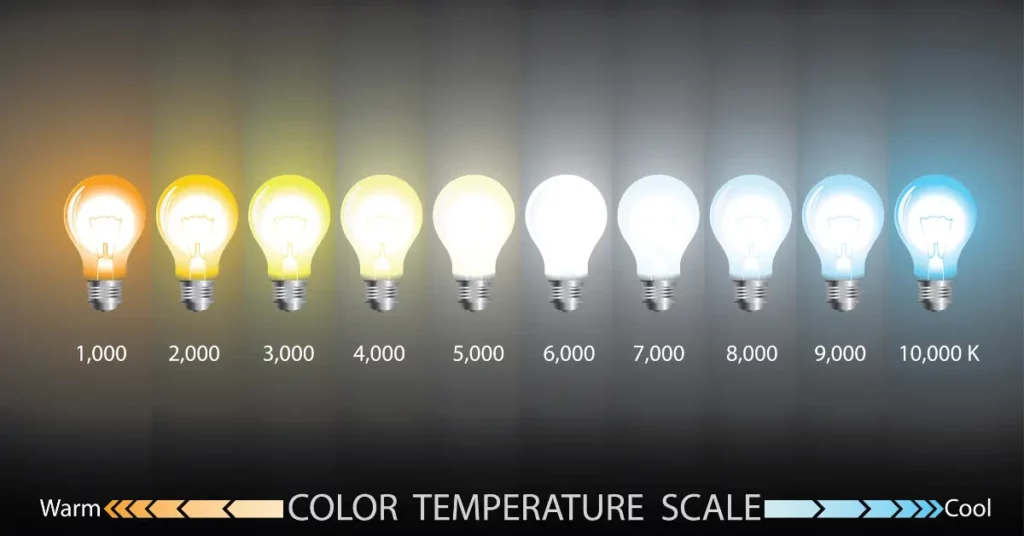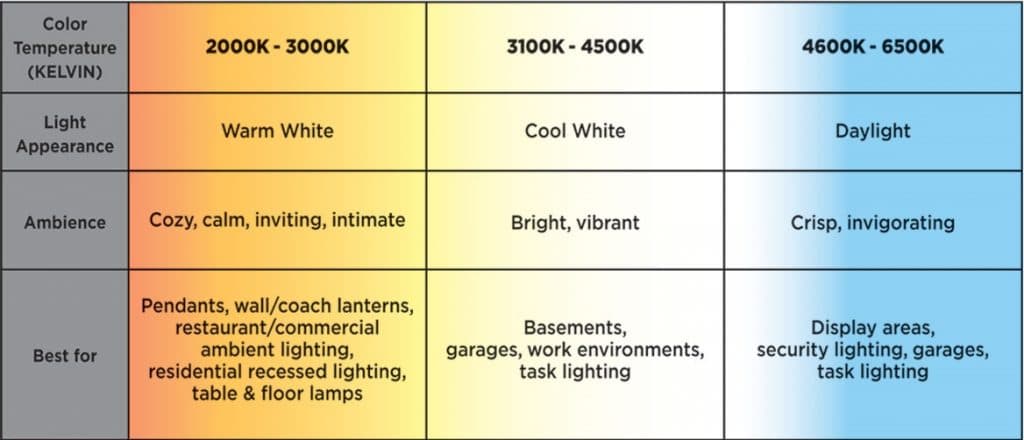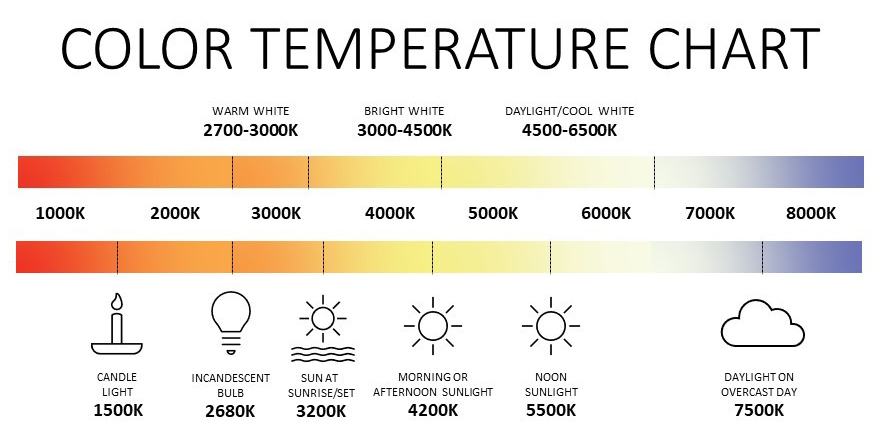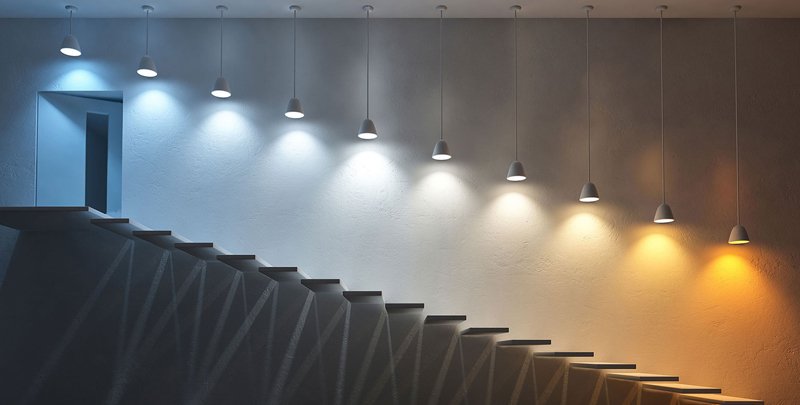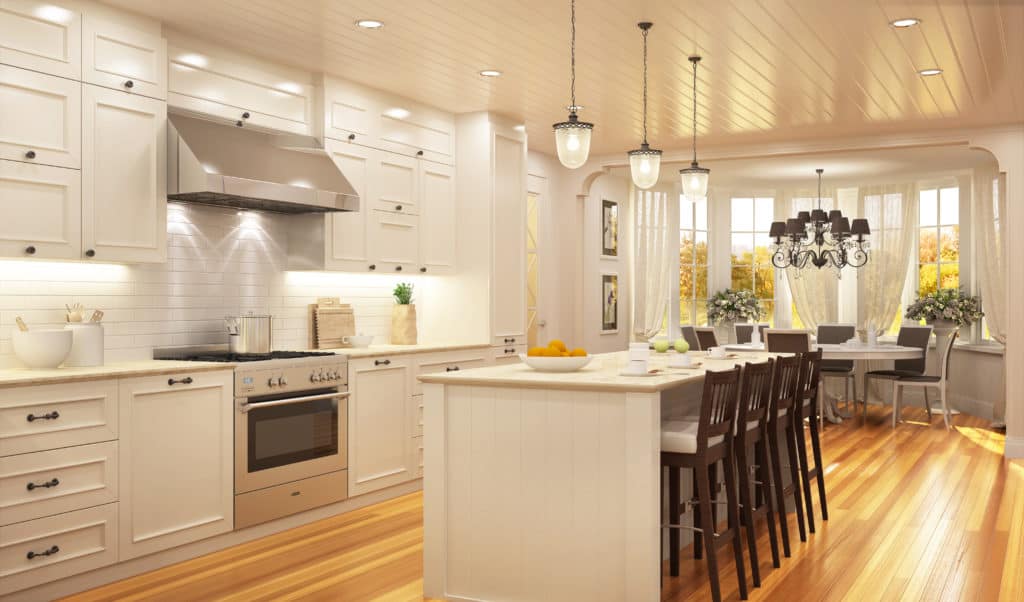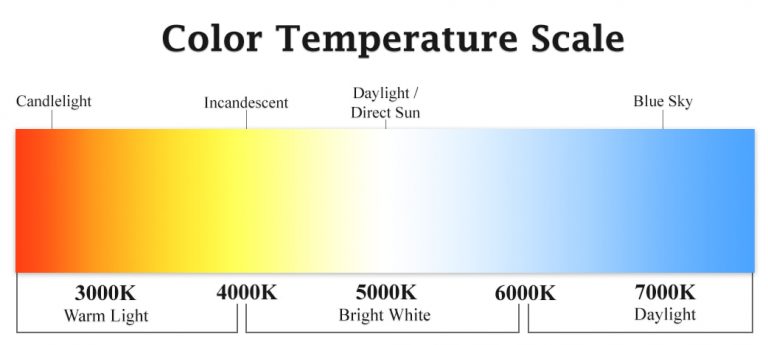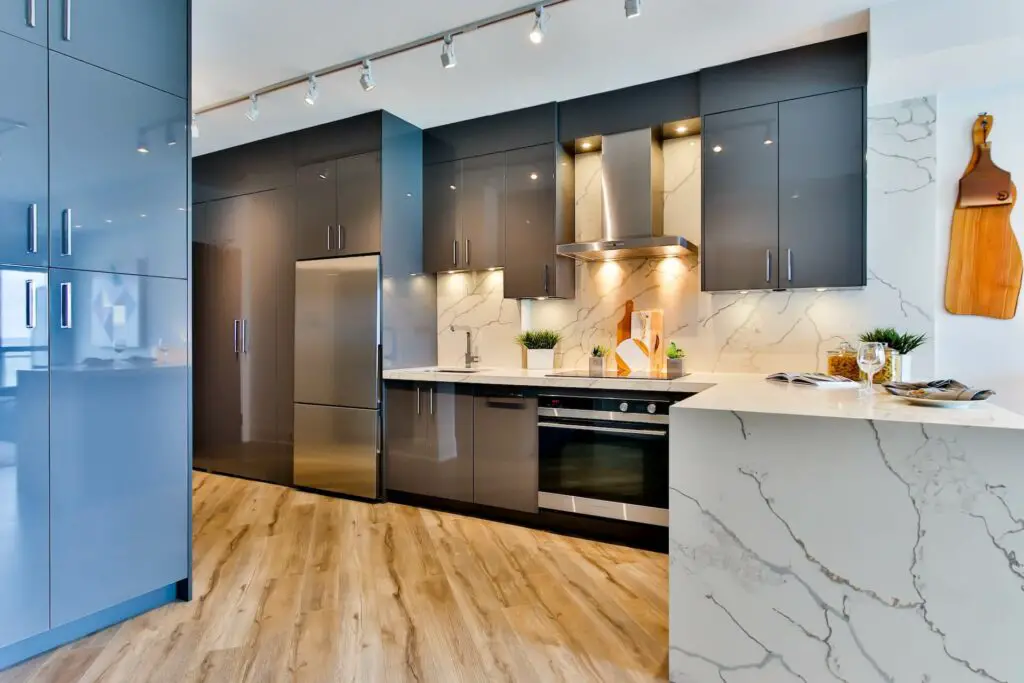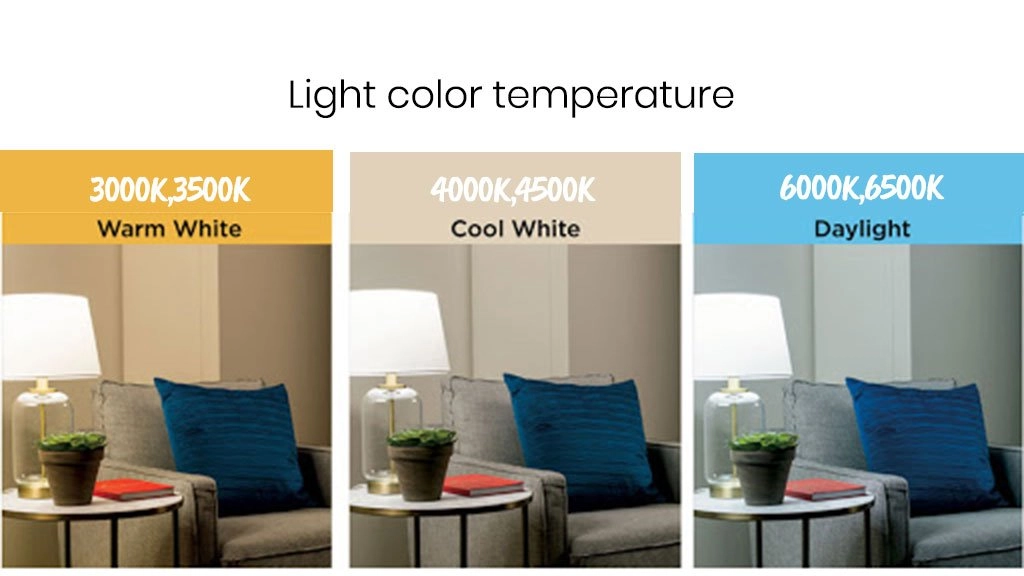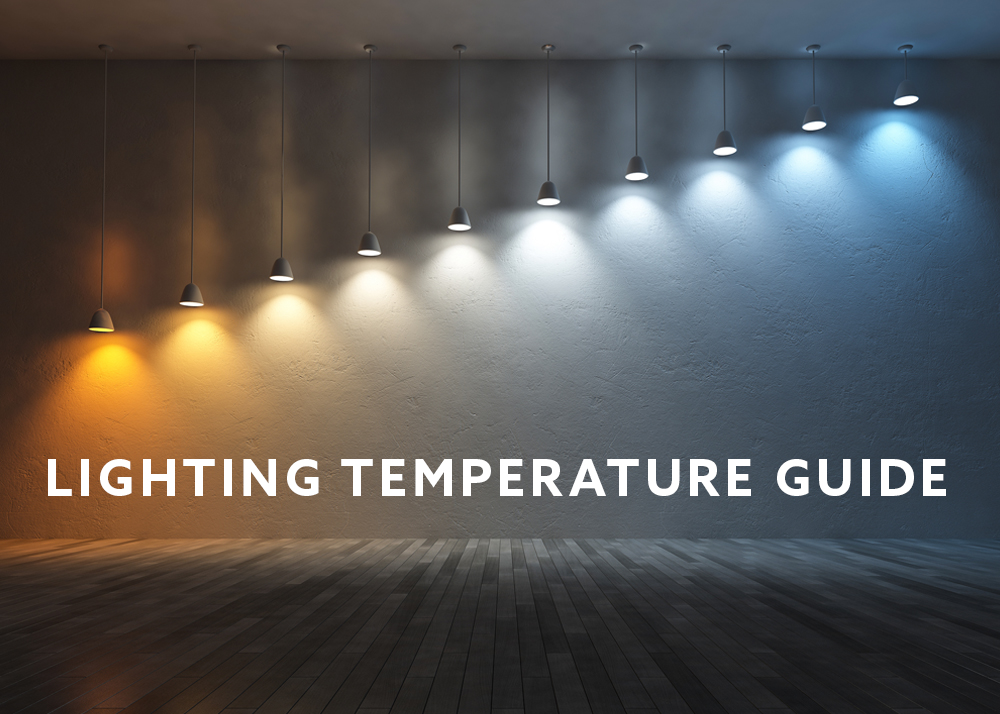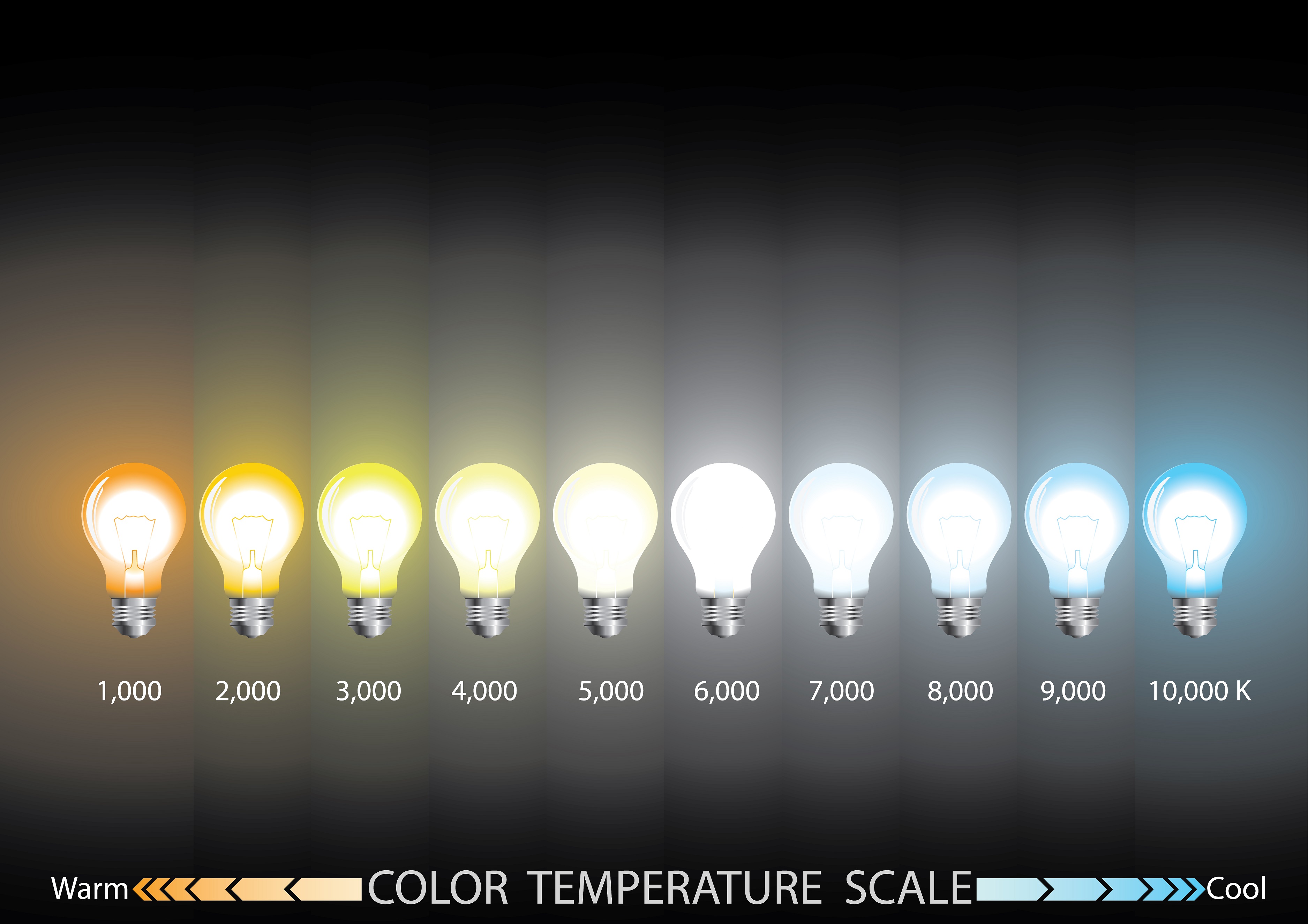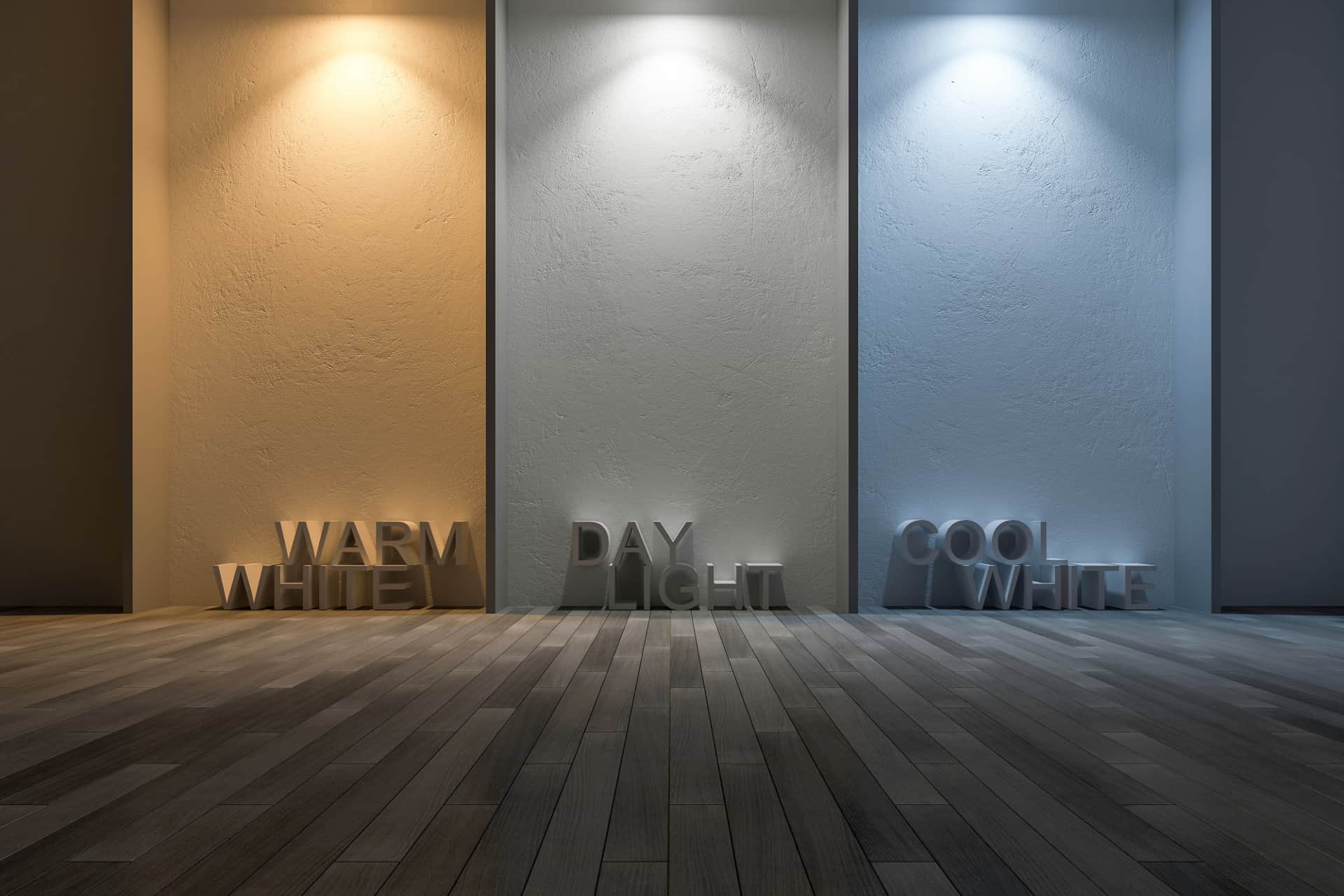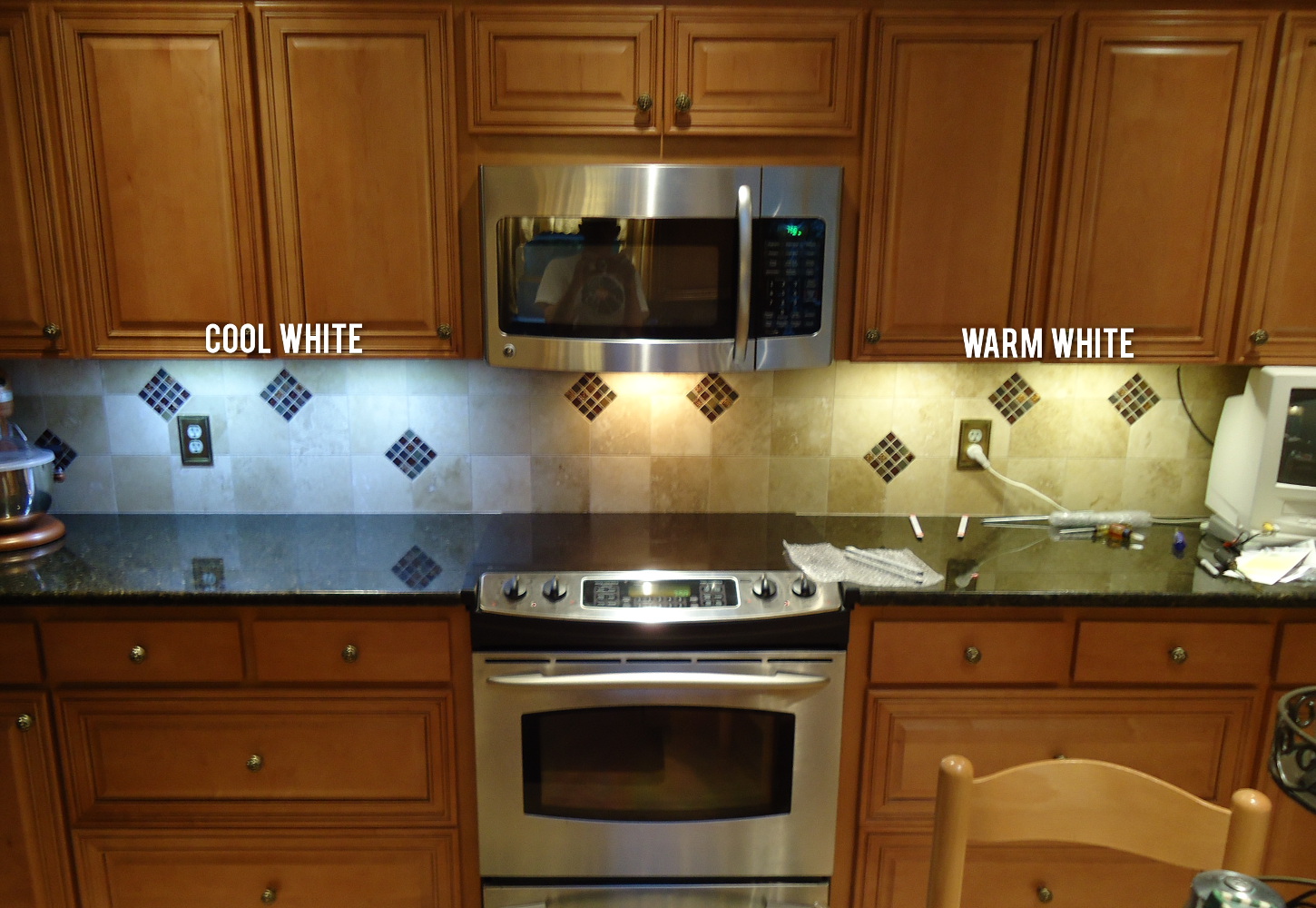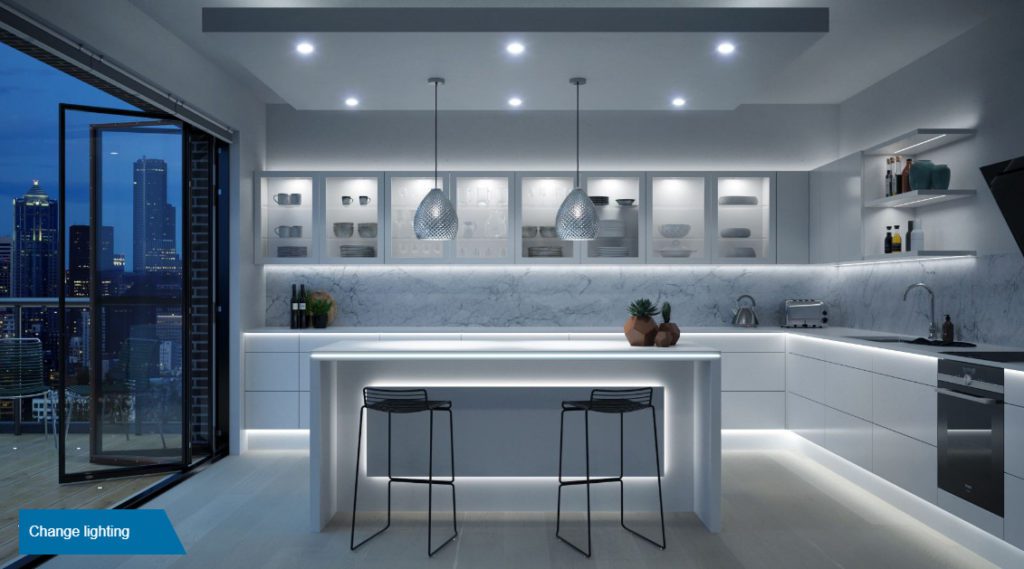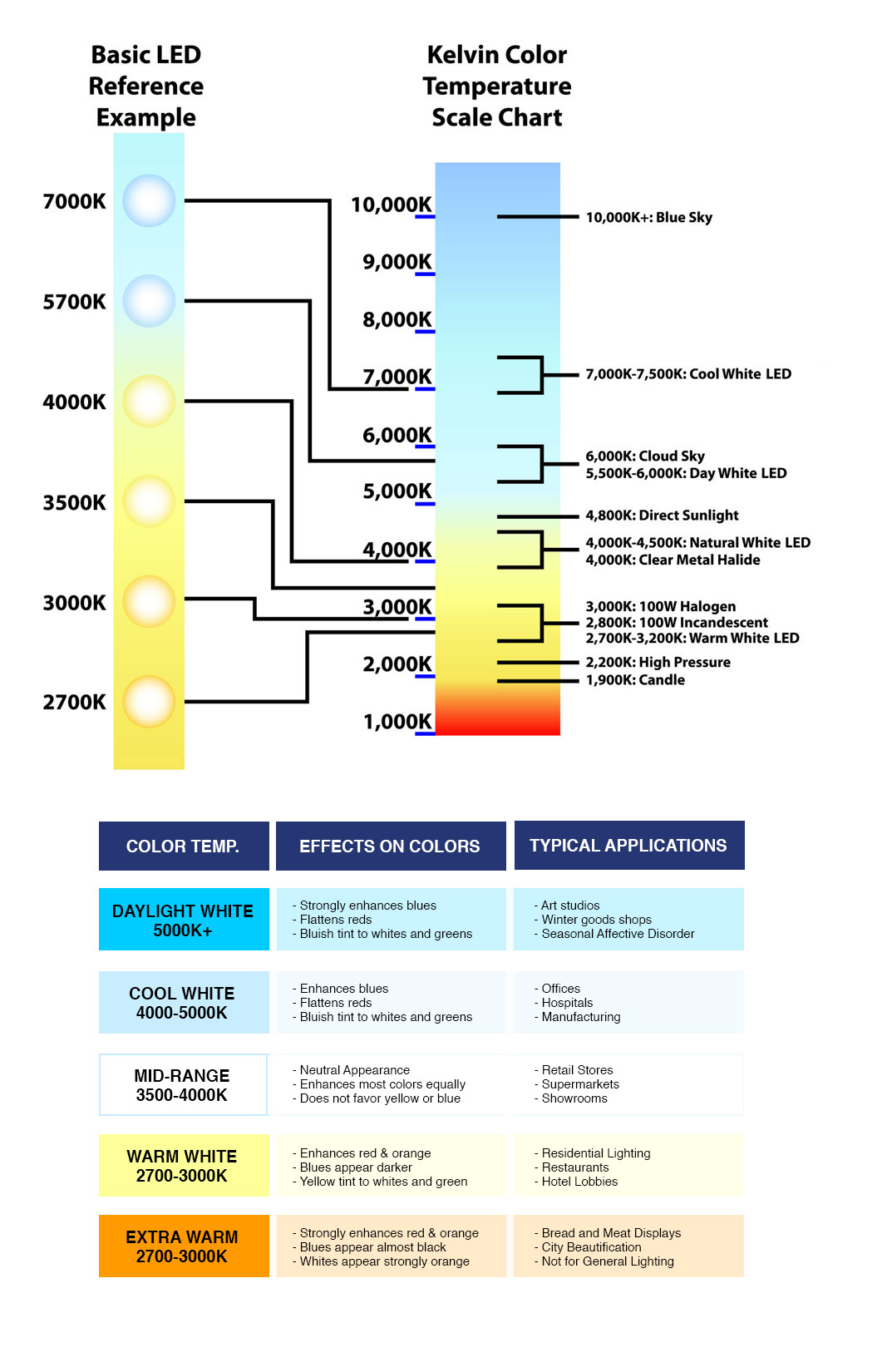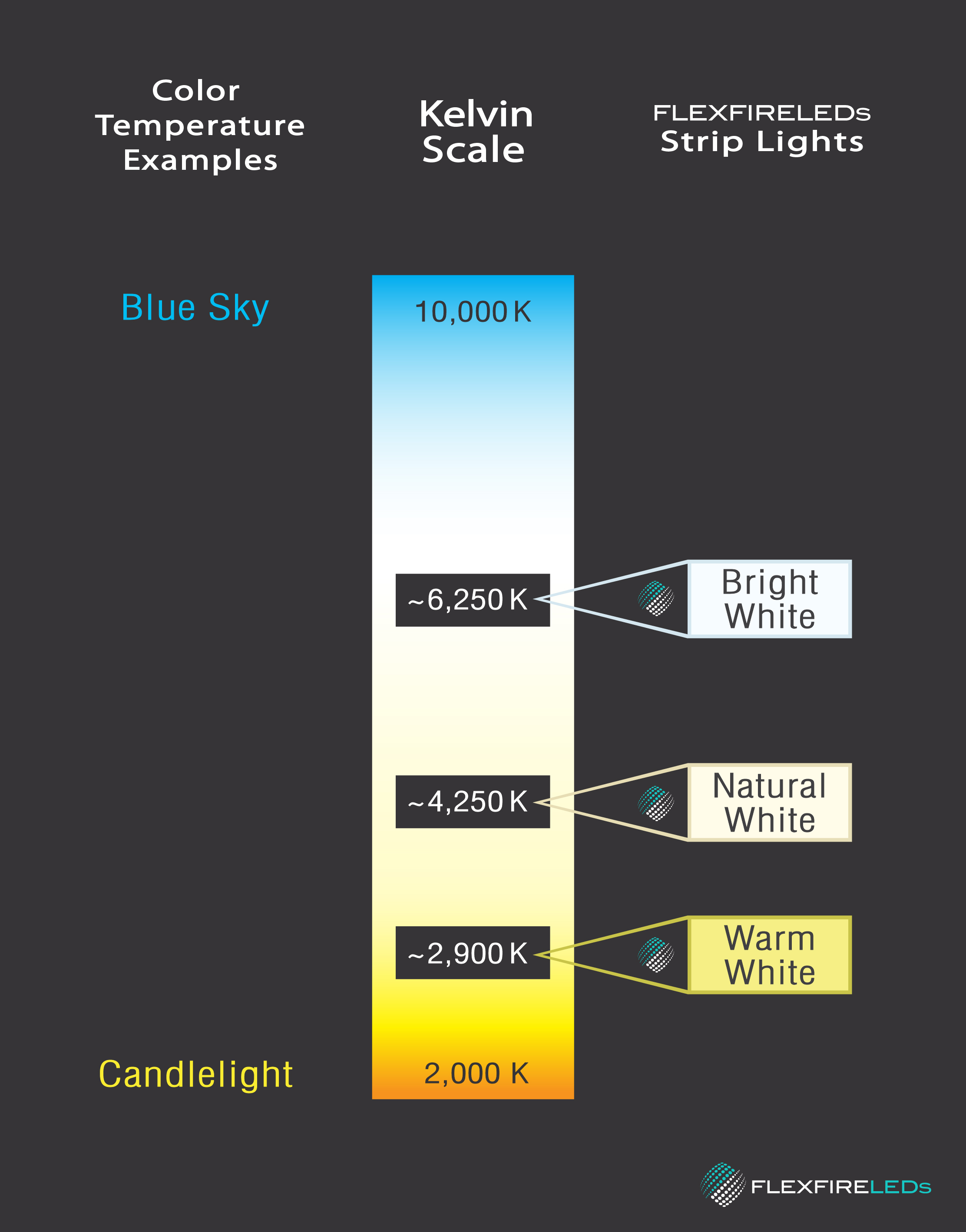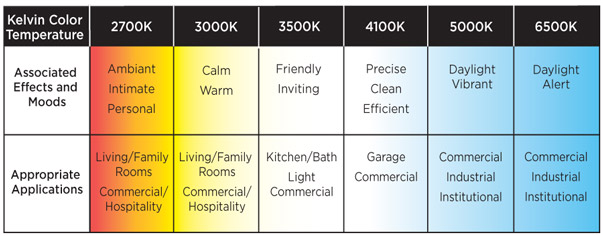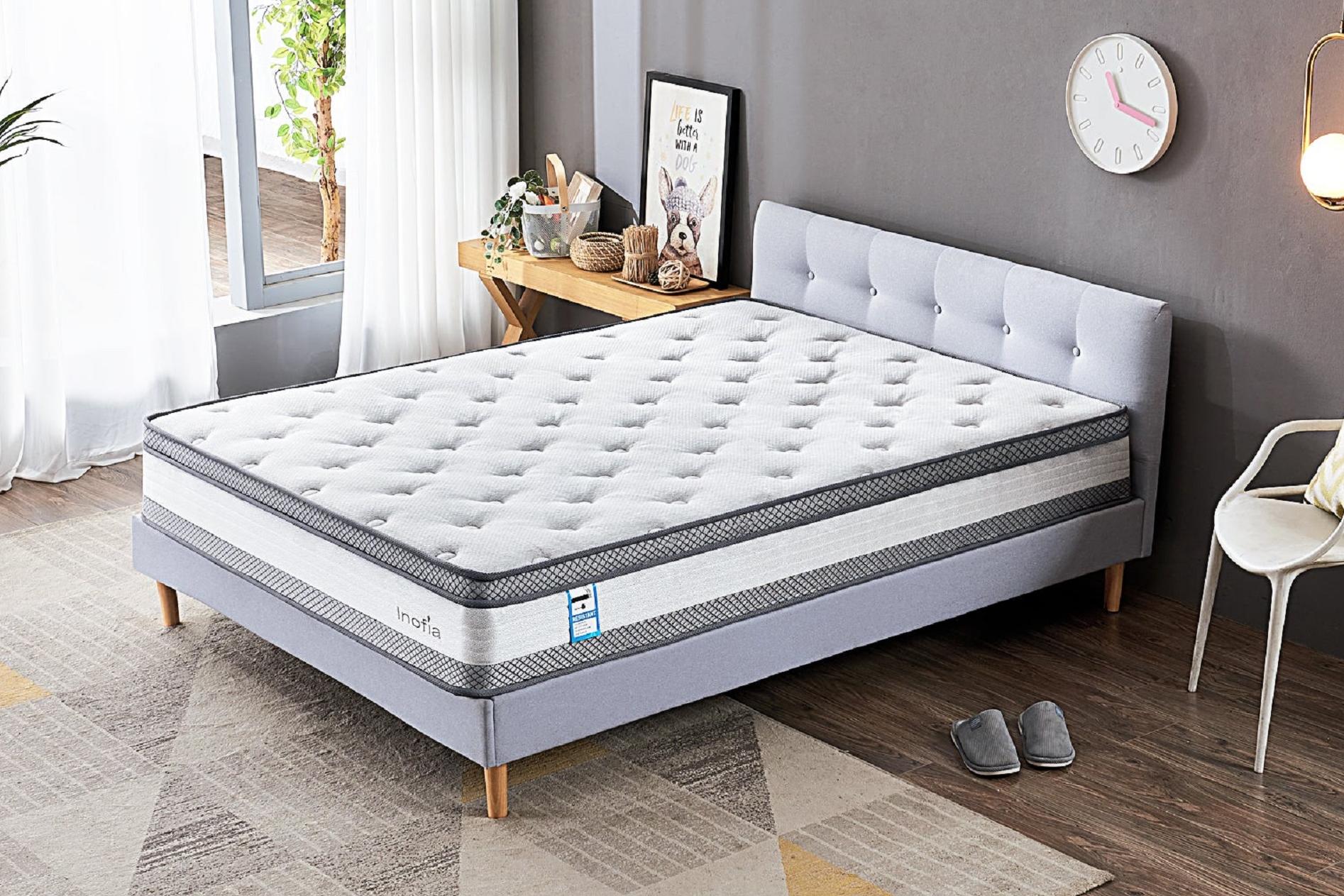Choosing the right color temperature for your kitchen lighting can make a significant difference in the overall look and feel of the space. With the rise in popularity of LED lighting, it's important to understand the concept of color temperature and how it can impact your kitchen design. LED (light-emitting diode) lighting is known for its energy efficiency, long lifespan, and versatility. One of the key factors that sets LED lights apart from traditional incandescent or fluorescent bulbs is their ability to offer a wide range of color temperatures. So what exactly is color temperature and how does it affect your kitchen lighting? Color temperature is a measure of the color appearance of light, expressed in kelvins (K). It refers to the warmth or coolness of the light produced by a bulb. Lower color temperatures (2700K-3000K) produce warm, yellowish light, while higher color temperatures (5000K-6500K) produce cool, bluish light. If you're wondering which color temperature is best for your kitchen, keep reading to find out.1. LED Kitchen Lighting: Color Temperature Explained
The color temperature you choose for your kitchen lighting will depend on a few factors, such as the overall design and color scheme of your kitchen, the type of activities that take place in the space, and personal preference. To help you make the right decision, here are some tips: 1. Consider the color scheme of your kitchen. If you have warm tones, such as reds, oranges, and yellows, a warm color temperature (2700K-3000K) will complement the space. For cooler color schemes, such as blues, greens, and grays, a cool color temperature (5000K-6500K) will work best. 2. Think about the activities that take place in your kitchen. If you use your kitchen for cooking and food preparation, a cooler color temperature will provide better visibility and make it easier to see the true colors of your ingredients. If your kitchen is more of a gathering space, a warmer color temperature will create a cozy and inviting atmosphere. 3. Test out different color temperatures. Many LED bulbs offer adjustable color temperatures, so you can try out different options and see which one you prefer in your kitchen. This is especially helpful if you're unsure about what color temperature will work best with your space. By considering these factors, you can choose the right color temperature that will enhance the look and functionality of your kitchen.2. How to Choose the Right Color Temperature for Your Kitchen Lighting
While there is no one-size-fits-all answer to the best color temperature for kitchen lighting, many designers and lighting experts recommend a color temperature between 3000K and 4000K. This range falls in the middle of the spectrum, providing a balance between warm and cool tones. It also closely resembles the color temperature of natural daylight, making it a great option for kitchens where cooking and food preparation take place. Additionally, this color temperature range is versatile enough to work with different color schemes and designs, making it a safe choice for any kitchen.3. The Best Color Temperature for Kitchen Lighting
Aside from the aesthetics and functionality of your kitchen, color temperature can also have an impact on your mood and well-being. Studies have shown that cooler color temperatures (5000K-6500K) can promote alertness and concentration, making them a great choice for kitchens where you need to stay focused on tasks. On the other hand, warmer color temperatures (2700K-3000K) can create a relaxing and calming atmosphere, perfect for winding down after a long day. By understanding the effects of color temperature, you can choose the right lighting for your kitchen to help enhance your mood and productivity.4. Understanding Color Temperature in Kitchen Lighting
When it comes to choosing the perfect color temperature for your kitchen lighting, here are some additional tips to keep in mind: 1. Use dimmers. Dimmers allow you to adjust the intensity of your lights, making it easy to change the color temperature and set the mood in your kitchen. 2. Mix and match. You don't have to stick to one color temperature for your kitchen lighting. Consider using a combination of warm and cool temperatures to add depth and interest to your space. 3. Consider natural light. If your kitchen receives a lot of natural light, you may want to opt for a cooler color temperature to balance out the warm tones from the sunlight. By following these tips, you can create the perfect lighting design for your kitchen that meets your functional and aesthetic needs.5. Tips for Selecting the Perfect Color Temperature for Your Kitchen Lighting
When it comes to warm and cool color temperatures, it's important to understand that there is no right or wrong choice. Both warm and cool temperatures can work well in kitchen lighting, depending on your personal preference and the design of your space. Warm color temperatures (2700K-3000K) are often associated with a cozy and inviting ambiance, making them a great choice for kitchens where you want to create a warm and welcoming atmosphere. They can also make food and skin tones appear more flattering. Cool color temperatures (5000K-6500K), on the other hand, are often associated with a clean and modern look. They can make whites appear brighter and cooler, making them a popular choice for contemporary kitchen designs. Ultimately, the decision between warm and cool color temperatures will depend on your personal style and the overall look you want to achieve in your kitchen.6. Kitchen Lighting: Warm vs Cool Color Temperature
Color temperature is an essential aspect of kitchen lighting design. It not only affects the way your kitchen looks, but it can also impact your mood, productivity, and overall well-being. By understanding the concept of color temperature and considering factors such as the color scheme of your kitchen, the type of activities that take place in the space, and your personal preferences, you can create the perfect lighting design that will enhance the functionality and aesthetics of your kitchen.7. The Importance of Color Temperature in Kitchen Lighting Design
Now that you know the basics of color temperature and how it can impact your kitchen lighting, you may be wondering how to achieve the perfect color temperature for your space. Here are some steps to follow: 1. Determine the color scheme of your kitchen. 2. Consider the type of activities that take place in your kitchen. 3. Test out different color temperatures to see which one you prefer. 4. Choose a color temperature that will complement your kitchen design and meet your functional needs. By following these steps, you can achieve the perfect color temperature for your kitchen lighting.8. How to Achieve the Perfect Color Temperature for Your Kitchen Lighting
To summarize, here is a guide to help you choose the right color temperature for your kitchen lighting: 1. Consider the color scheme of your kitchen. 2. Think about the activities that take place in your kitchen. 3. Test out different color temperatures. 4. Aim for a color temperature between 3000K and 4000K for a balance between warm and cool tones. 5. Use dimmers to adjust the intensity of your lights. 6. Consider mixing warm and cool temperatures for a more dynamic lighting design. By following this guide, you can make an informed decision and choose the right color temperature for your kitchen lighting.9. Choosing the Right Color Temperature for Your Kitchen Lighting: A Guide
Lastly, it's important to understand the impact of color temperature on your kitchen lighting and mood. As mentioned earlier, cooler color temperatures (5000K-6500K) can promote alertness and concentration, while warmer color temperatures (2700K-3000K) can create a relaxing and calming atmosphere. By choosing the right color temperature for your kitchen, you can enhance your mood and productivity in the space, making it a more enjoyable and functional area. In conclusion, color temperature is a crucial aspect of kitchen lighting design that should not be overlooked. By understanding the concept and taking into account factors such as your kitchen's color scheme, activities, and personal preferences, you can choose the perfect color temperature that will enhance the look and functionality of your kitchen. Remember to also experiment with different options and have fun creating the perfect lighting design for your space.10. The Impact of Color Temperature on Kitchen Lighting and Mood
The Importance of Choosing the Right Kitchen Lighting Color Temperature
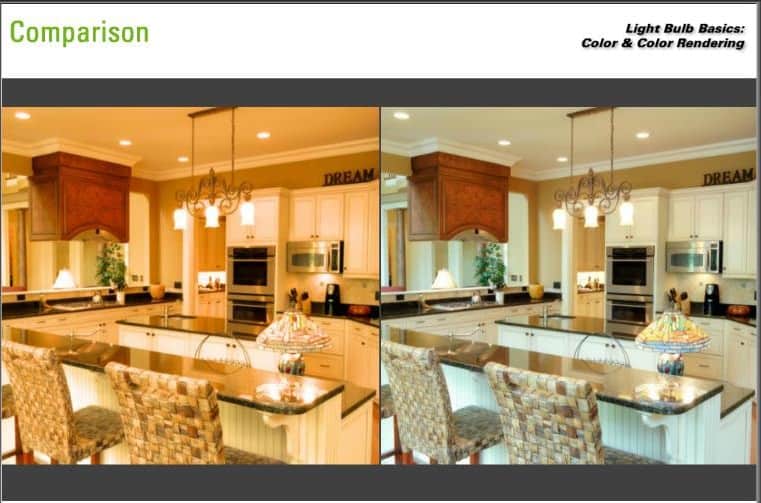
Enhancing the Aesthetics of Your Home
 When it comes to designing our homes, we often focus on the big aspects such as furniture, wall paint, and flooring. However, one crucial element that is often overlooked is lighting. Not only does good lighting provide functionality and safety, but it also plays a significant role in enhancing the overall aesthetics of your home. In particular, choosing the right
kitchen lighting color temperature
can make a huge difference in the look and feel of your kitchen.
When it comes to designing our homes, we often focus on the big aspects such as furniture, wall paint, and flooring. However, one crucial element that is often overlooked is lighting. Not only does good lighting provide functionality and safety, but it also plays a significant role in enhancing the overall aesthetics of your home. In particular, choosing the right
kitchen lighting color temperature
can make a huge difference in the look and feel of your kitchen.
The Impact of Color Temperature on Mood
 Color temperature refers to the warmth or coolness of a light source, measured in Kelvin (K). A lower color temperature, around 2700-3000K, produces a warm, yellowish light, while a higher color temperature, around 5000-6500K, produces a cool, bluish light. The color temperature of your kitchen lighting can greatly affect the mood and atmosphere of the room. For instance, warmer lighting can create a cozy and inviting ambiance, perfect for family dinners and gatherings, while cooler lighting can give off a sleek and modern vibe, perfect for hosting dinner parties.
Color temperature refers to the warmth or coolness of a light source, measured in Kelvin (K). A lower color temperature, around 2700-3000K, produces a warm, yellowish light, while a higher color temperature, around 5000-6500K, produces a cool, bluish light. The color temperature of your kitchen lighting can greatly affect the mood and atmosphere of the room. For instance, warmer lighting can create a cozy and inviting ambiance, perfect for family dinners and gatherings, while cooler lighting can give off a sleek and modern vibe, perfect for hosting dinner parties.
Highlighting Design Elements
 Another reason why choosing the right kitchen lighting color temperature is important is that it can highlight and accentuate design elements in your kitchen. For example, if you have a beautiful marble countertop or backsplash, using warm lighting can bring out the natural veining and enhance its beauty. On the other hand, if you have a statement piece such as a bright red kitchen island, cooler lighting can make it pop and become the focal point of the room.
Another reason why choosing the right kitchen lighting color temperature is important is that it can highlight and accentuate design elements in your kitchen. For example, if you have a beautiful marble countertop or backsplash, using warm lighting can bring out the natural veining and enhance its beauty. On the other hand, if you have a statement piece such as a bright red kitchen island, cooler lighting can make it pop and become the focal point of the room.
Matching Your Personal Style
 Everyone has their own unique style and preferences, and the lighting in your kitchen should reflect that. Whether you prefer a cozy and rustic feel or a sleek and modern look, there is a
kitchen lighting color temperature
that can match your personal style. Warm lighting tends to be more traditional and can create a comforting and homey atmosphere, while cooler lighting is often associated with a more contemporary and minimalist style.
Everyone has their own unique style and preferences, and the lighting in your kitchen should reflect that. Whether you prefer a cozy and rustic feel or a sleek and modern look, there is a
kitchen lighting color temperature
that can match your personal style. Warm lighting tends to be more traditional and can create a comforting and homey atmosphere, while cooler lighting is often associated with a more contemporary and minimalist style.
The Importance of Balance
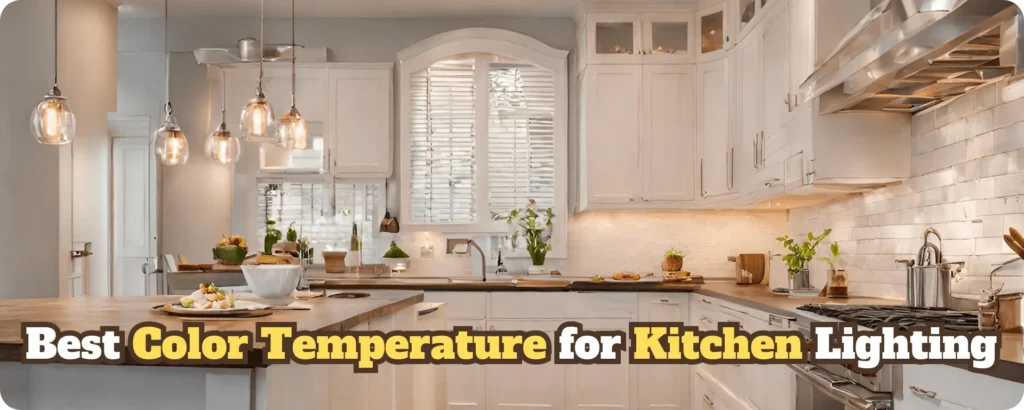 When choosing the right kitchen lighting color temperature, it's essential to find a balance that works for your space. It's not about choosing one type of lighting over the other, but rather finding a harmonious blend of both warm and cool lighting. This balance will not only enhance the aesthetics of your kitchen but also provide functionality and versatility. For instance, using cooler lighting in your work areas can help with focus and productivity, while warmer lighting in your dining area can create a more relaxing and inviting ambiance.
In conclusion, the color temperature of your kitchen lighting is a crucial factor in creating a well-designed and inviting space. It can greatly impact the mood, highlight design elements, and reflect your personal style. By finding a balance between warm and cool lighting, you can enhance the overall look and feel of your kitchen and create a space that is both functional and aesthetically pleasing. So next time you're designing your kitchen, don't forget to pay attention to the
kitchen lighting color temperature
and its importance in the overall design of your home.
When choosing the right kitchen lighting color temperature, it's essential to find a balance that works for your space. It's not about choosing one type of lighting over the other, but rather finding a harmonious blend of both warm and cool lighting. This balance will not only enhance the aesthetics of your kitchen but also provide functionality and versatility. For instance, using cooler lighting in your work areas can help with focus and productivity, while warmer lighting in your dining area can create a more relaxing and inviting ambiance.
In conclusion, the color temperature of your kitchen lighting is a crucial factor in creating a well-designed and inviting space. It can greatly impact the mood, highlight design elements, and reflect your personal style. By finding a balance between warm and cool lighting, you can enhance the overall look and feel of your kitchen and create a space that is both functional and aesthetically pleasing. So next time you're designing your kitchen, don't forget to pay attention to the
kitchen lighting color temperature
and its importance in the overall design of your home.


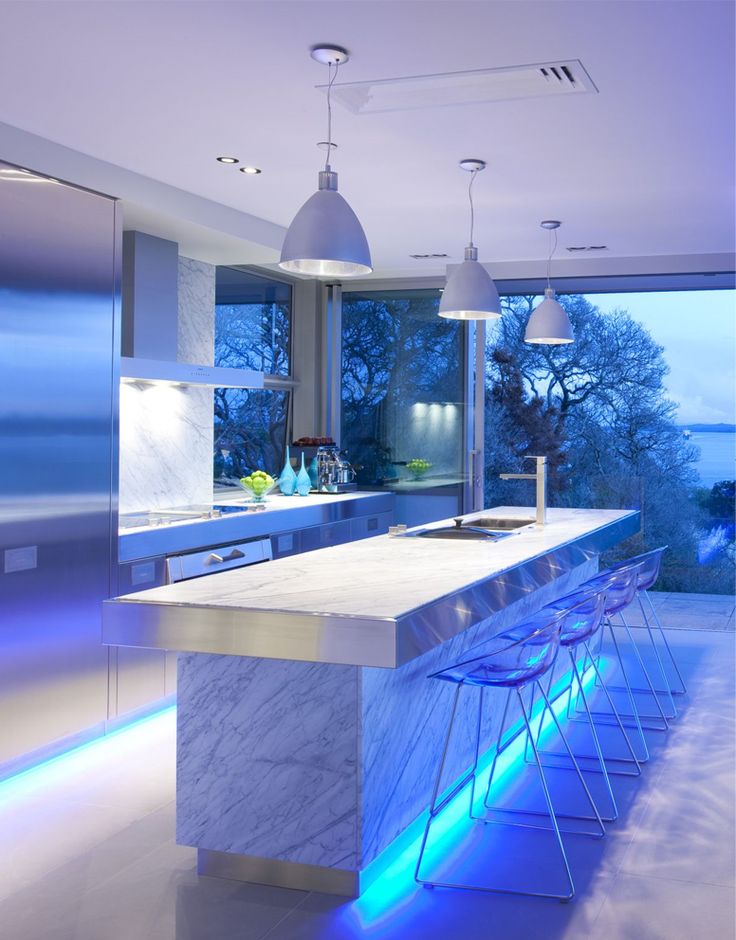
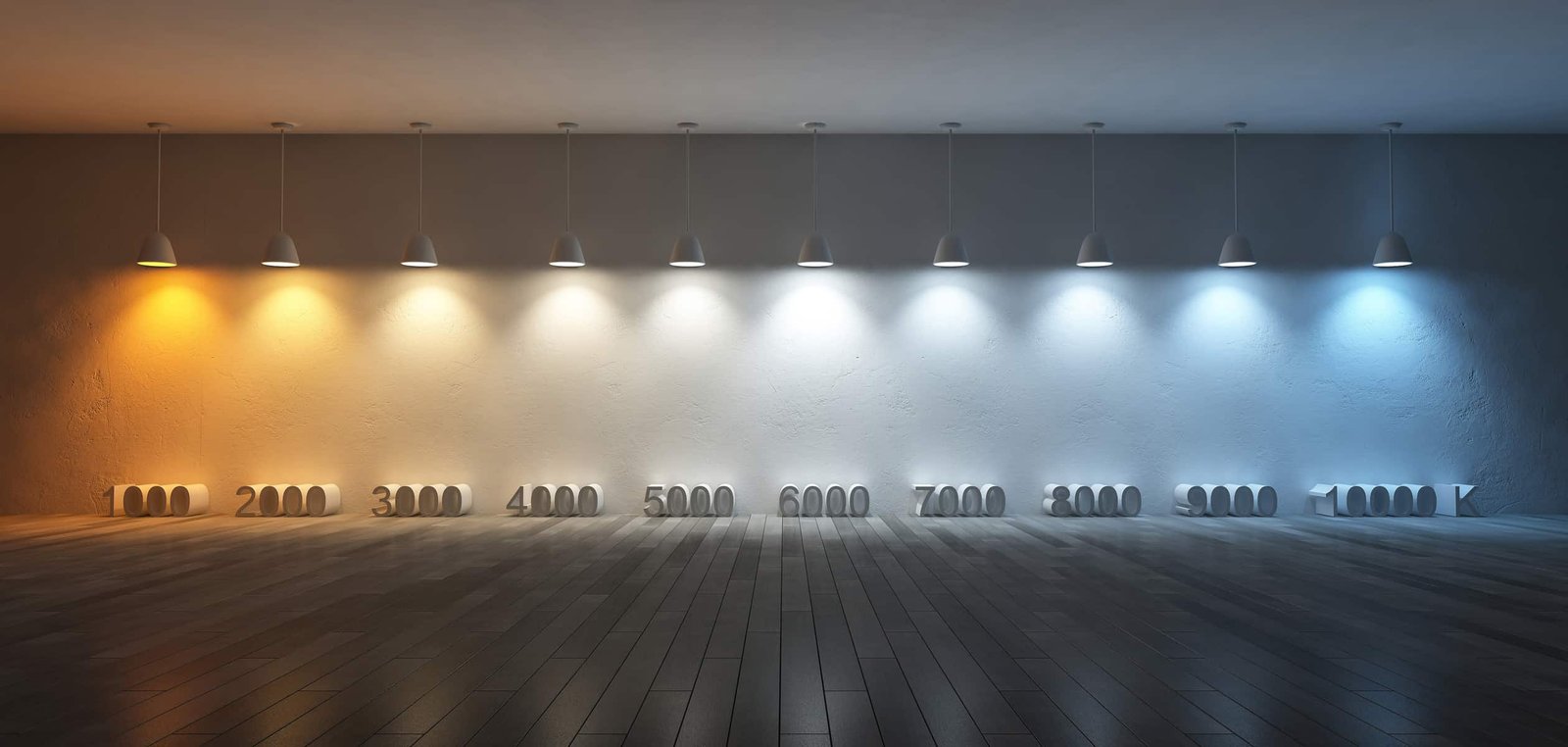

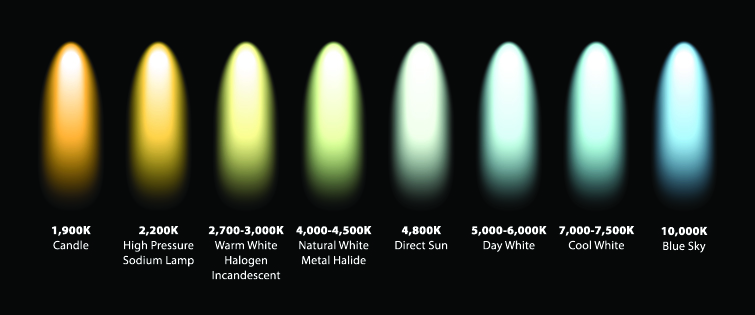
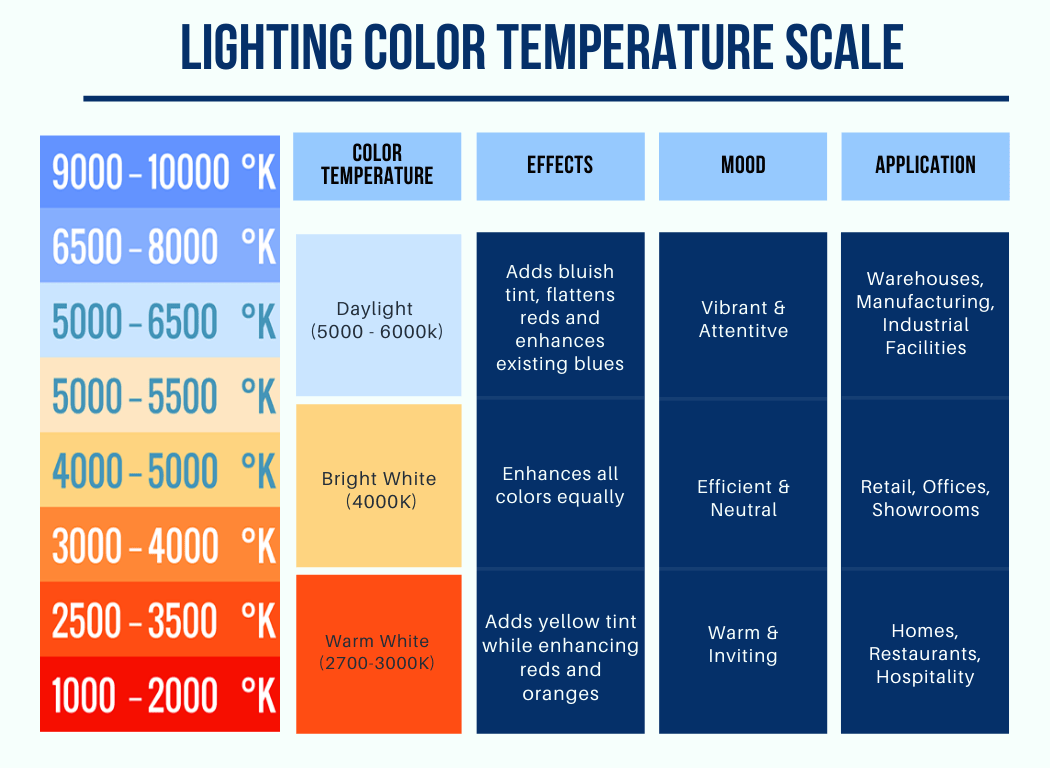



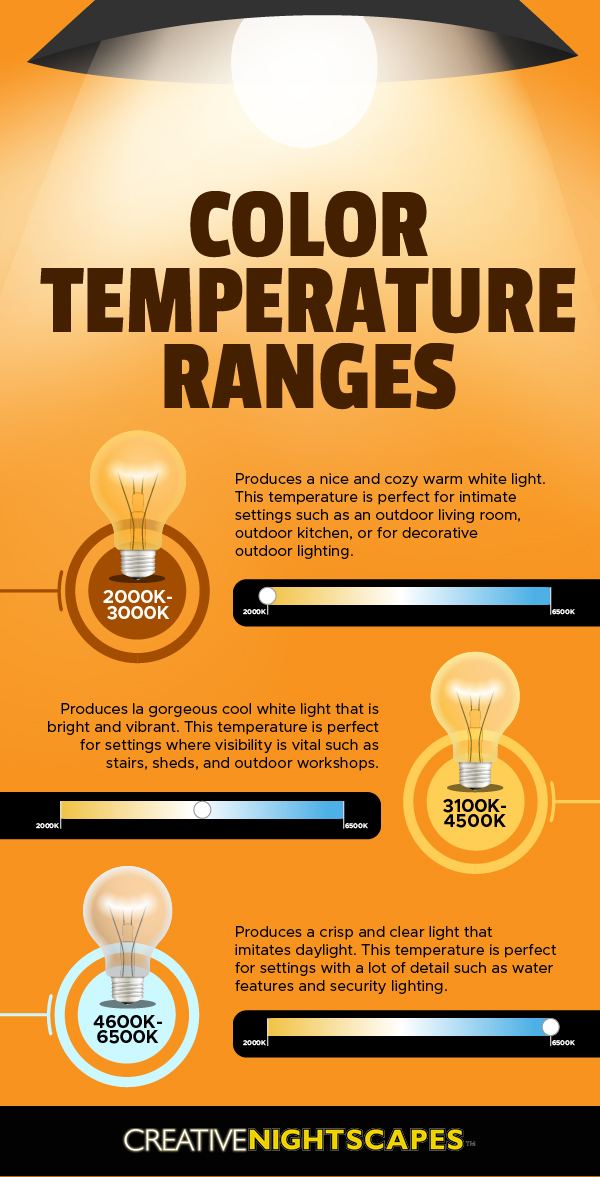





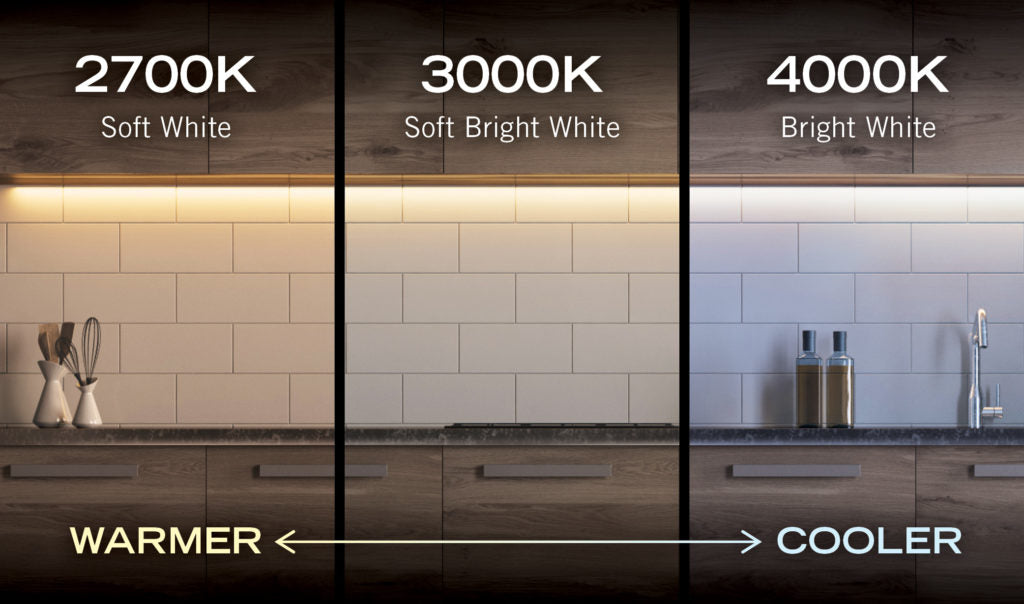

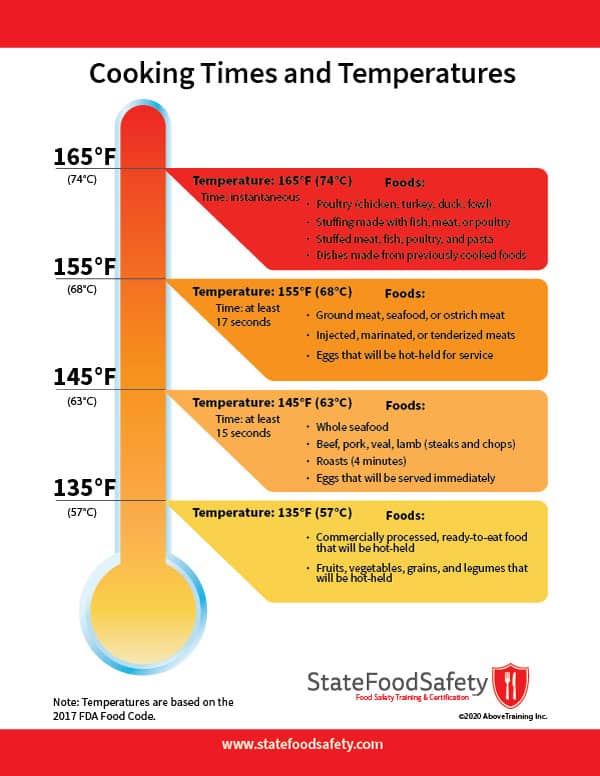

.png)


